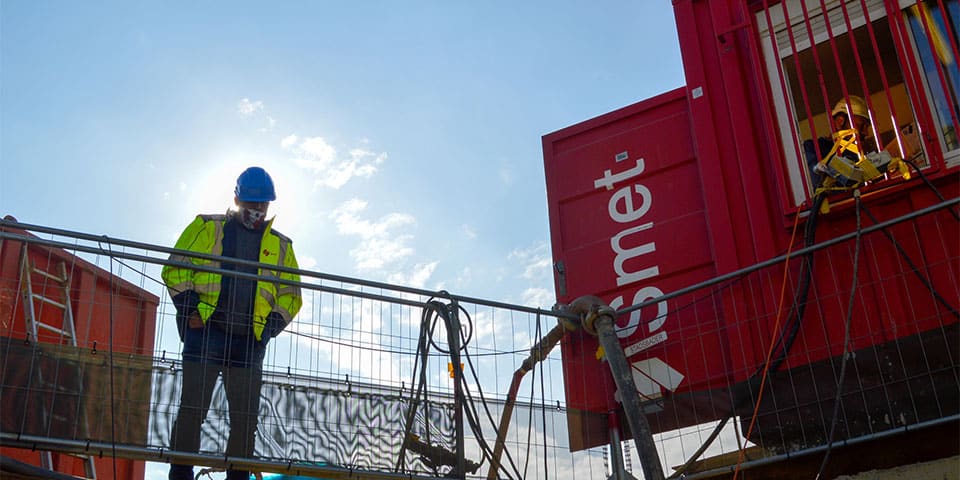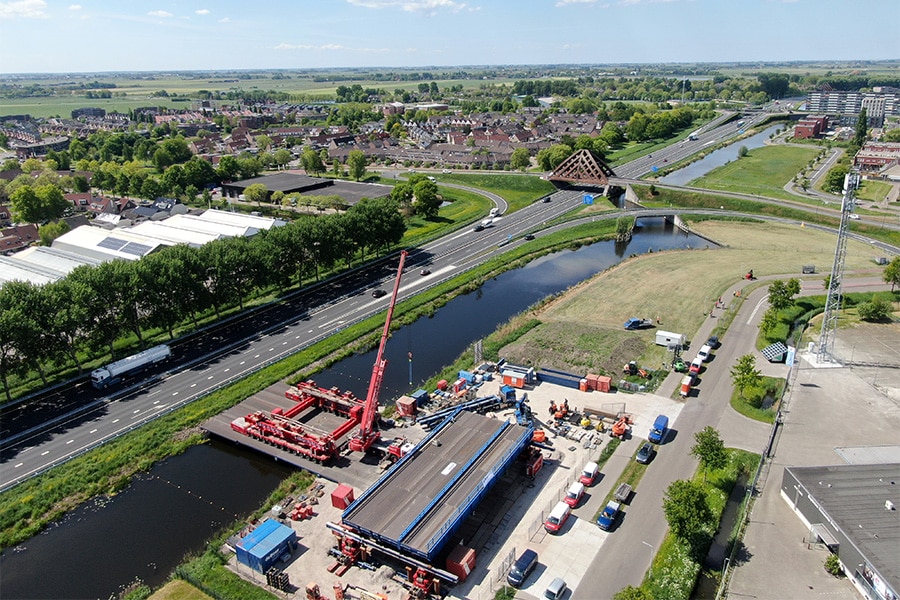
Eleven punctures under Antwerp E34 and E17
In Antwerp, work will continue until 2025 to improve traffic flow on the Ring Road. Oosterweel is an ambitious, large and complex project that aims to complete the Ring around Antwerp, but also to create more space for other forms of transport, nature and the environment. The sewage system next to the highway is also being renovated and adapted. To this end, Smet-Tunnelling is realizing no less than eleven culverts under the E34 and E17 with state-of-the-art technology.
"The existing sewer system lies to the left and right of the E34 and E17 and no longer meets the requirements," said Jan Vaessens, project manager at Smet-Tunnelling. "The system provides drainage for the highways as well as connecting the surrounding villages to the WWTP. To upgrade the existing sewer system, it is necessary to create connections between the systems on either side of the highway. In order to prevent the highways from having to be blocked for this purpose, THV Rinkoniên - consisting of Stadsbader, Artes, CIT Blaton and Mobilis, responsible for the Oosterweel Linkeroever/Zwijndrecht project - opted to apply jacking." Smet-Tunnelling was called in to realize these jacking operations.

Microtunneling
"We have already successfully performed eight jacking operations at various locations," Vaessens reflects. "We have used the microtunneling technique, or pipe jacking with closed drill shield. Using a laser on the theoretical axis of the drill shield, we can see down to the millimeter whether the drill shield deviates from the predetermined trajectory and correct it if necessary. In this project, the largest distance we had to cover was 358 meters. The borings in diameters of 1.50 meters externally were carried out with an accuracy of 3 centimeters in a straight line about 2.5 meters below the highway. Some of the drilling took place in an area polluted by industry. Because we work from watertight wells, without lowering the groundwater level, the pumped groundwater does not need to be purified. An additional advantage of jacking over open-trench techniques."
Smet-Tunnelling also realized a jacking right next to the E34. Vaessens: "What was also unique about this jacking was that it had to be carried out in a radius to avoid the existing underground infrastructure. By using 'state-of-the-art' technology with motorized theodolites that measure each other, we can determine the exact position of the drill shield. In this way, we can also successfully realize jacking in a radius, as we have shown here in Antwerp."




